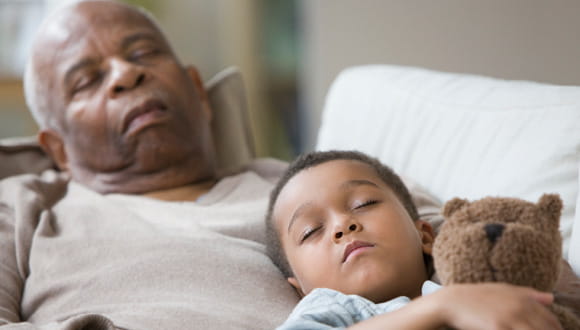Periodic Limb Movement Disorder
Let Us Help You Find a Doctor
Let Us Help You Find a Doctor
U.S. PATIENTS:713.790.3333
Find a Specialist Near You
Houston Methodist sleep specialists will help you find the optimal treatment for periodic limb movement or restless legs syndrome. Our expertise will help return you to restorative sleep and a healthier quality of life.
Experienced sleep disorder experts at Houston Methodist — one of nine sleep centers accredited by the American Academy of Sleep Medicine (AASM) — are highly skilled at diagnosing periodic limb movement disorder (PLMD) and restless legs syndrome (RLS).
Our integrated sleep medicine and neurology team combines the expertise of physicians who specialize in brain and movement disorders. Using the latest diagnostic technology and research, we will design a treatment plan to improve involuntary, nocturnal muscle movements that disrupt your sleep.
Experienced sleep disorder experts at Houston Methodist — one of nine sleep centers accredited by the American Academy of Sleep Medicine (AASM) — are highly skilled at diagnosing periodic limb movement disorder (PLMD) and restless legs syndrome (RLS).
Our integrated sleep medicine and neurology team combines the expertise of physicians who specialize in brain and movement disorders. Using the latest diagnostic technology and research, we will design a treatment plan to improve involuntary, nocturnal muscle movements that disrupt your sleep.
Diagnosing & Treating PLMD
How Much Sleep Do You Really Need?
PLMD and RLS can cause significant sleep loss — how bad is that, really?
Choose a Doctor at One of Our Locations
FILTERS:
Clear All Filters

